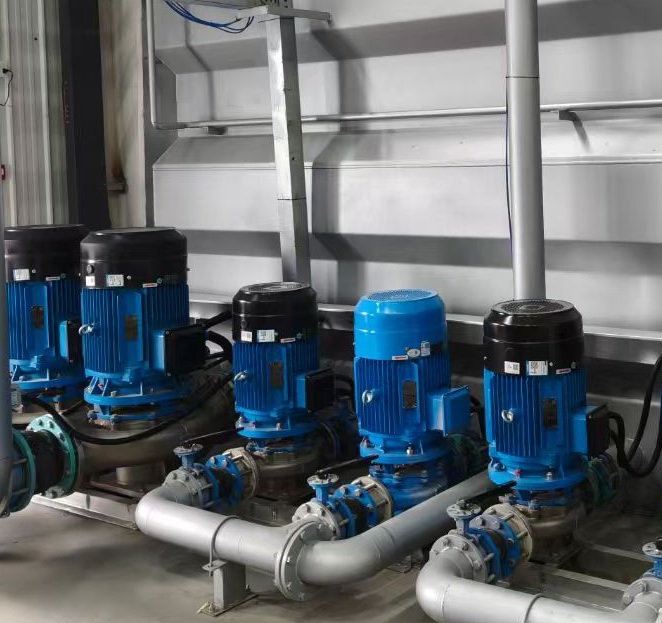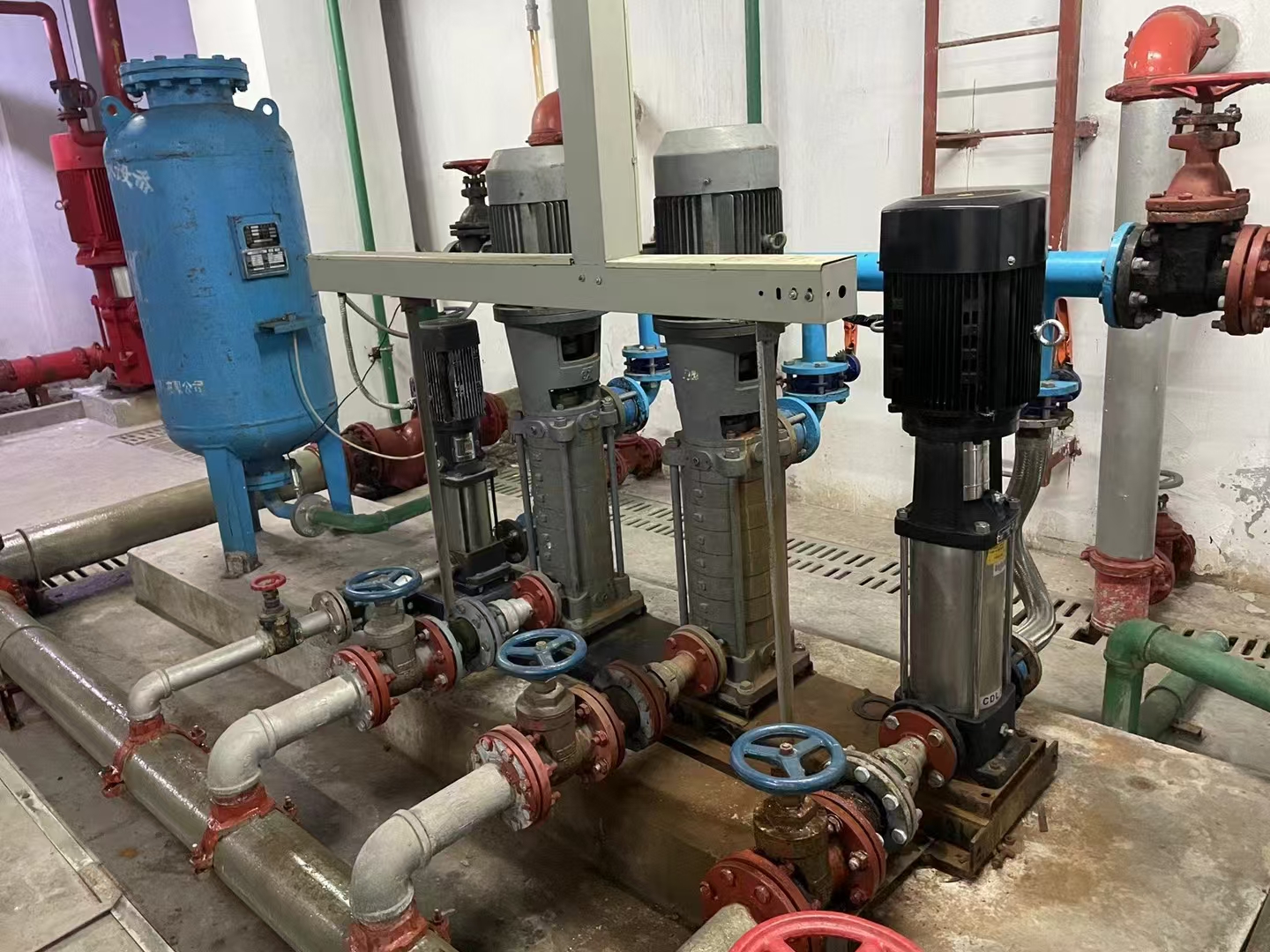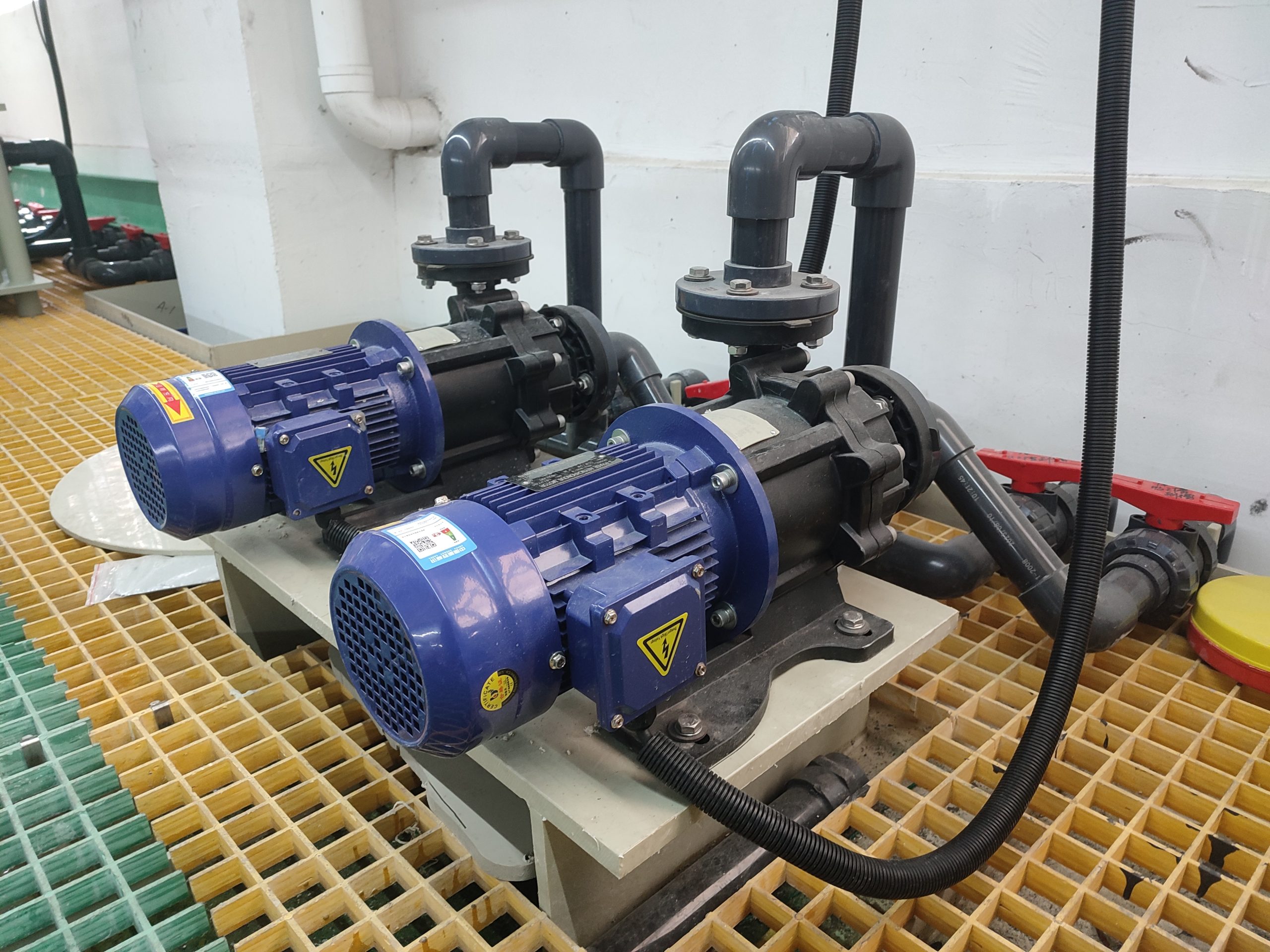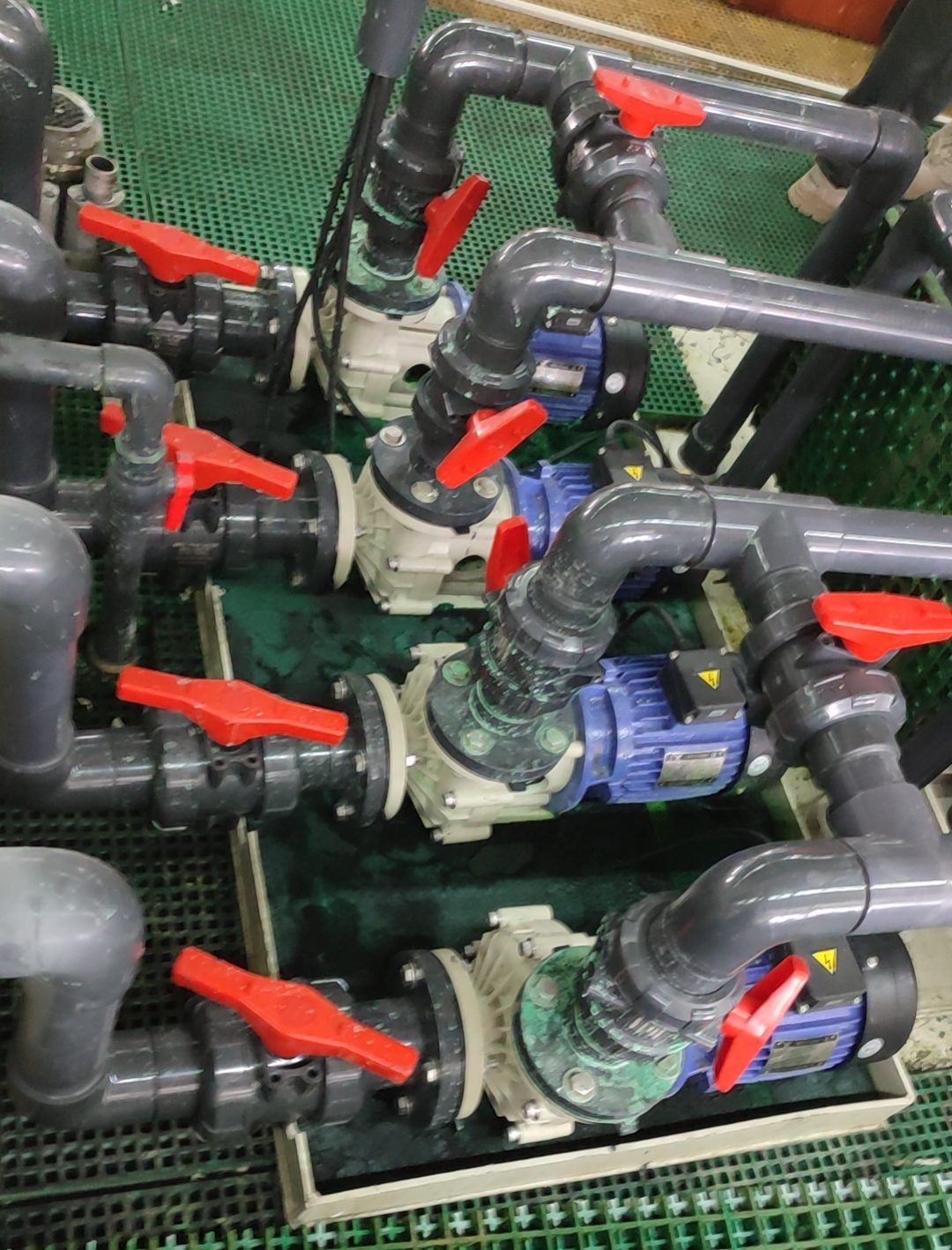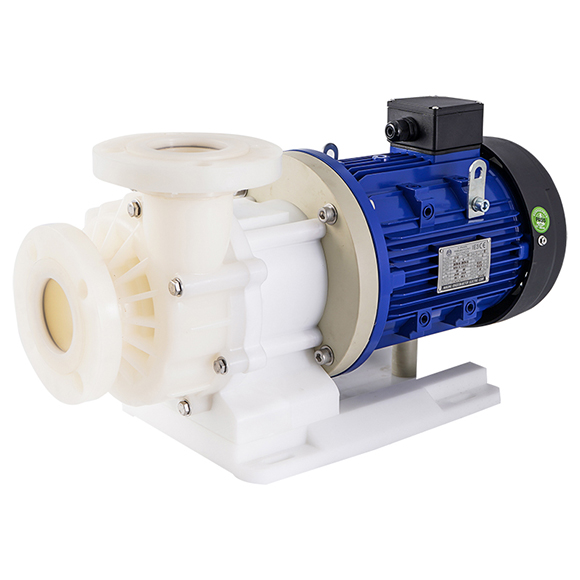Magnetic drive pumps (magnetic pumps) are widely used in chemical, pharmaceutical, and industrial processes due to their leak-free design. However, magnetic failure is a common issue that can cause the pump to stop pumping or reduce efficiency. Understanding the causes and proper handling methods is critical to maintain smooth operation.
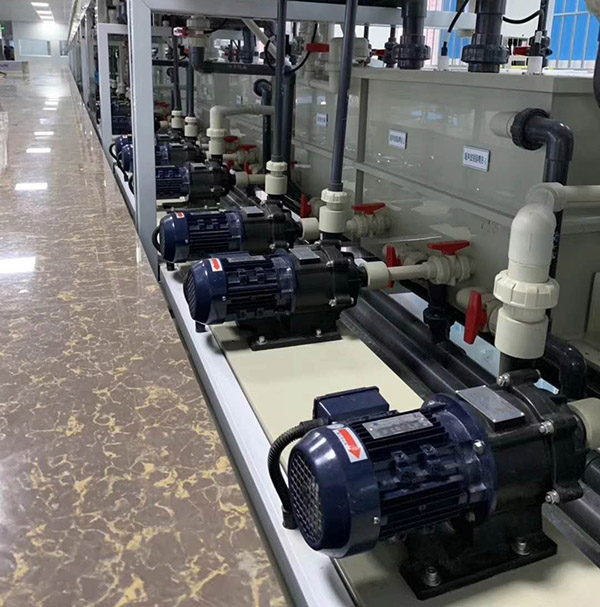
1. Common Causes of Magnetic Failure
Demagnetization of the Magnetic Rotor
Long-term use, high temperatures, strong mechanical shocks, or electromagnetic interference can cause the permanent magnets to lose strength.
Symptoms: The pump may run normally without load but fails to deliver fluid under normal working conditions.
Misalignment Between Pump Shaft and Magnetic Coupling
Incorrect installation or shaft wear and vibration during operation can cause misalignment.
Result: The magnetic coupling fails to transmit torque effectively.
Damage or Deformation of the Isolation Sleeve
Cracks, wear, or thermal deformation of the isolation sleeve can increase the gap between inner and outer magnets, reducing magnetic transmission efficiency.
Ingress of Medium or Debris into Magnetic Components
If the pump seal is damaged, corrosive fluids or debris can enter the magnetic assembly, affecting torque transmission.
2. How to Handle Magnetic Failure
Check the Magnetic Rotor
Disassemble the pump and measure the strength of the inner and outer magnetic rotors.
If magnets are demagnetized or damaged, replace the magnetic assembly.
Tip: For high-temperature applications, use high-temperature resistant magnets or isolation sleeves.
Check Shaft Alignment
Inspect the pump shaft and magnetic rotor for coaxial alignment.
If misalignment or bearing wear is found, adjust or replace bearings/shaft sleeves.
Inspect the Isolation Sleeve
Check for cracks, wear, or deformation.
Replace with suitable material (PTFE, PFA, or metal) if damaged.
Clean Magnetic Components
Remove any scale, debris, or chemical residues to ensure the correct gap between magnetic rotors.
Reinstall and Test
Reassemble the pump and run it without load first.
Confirm that torque is transmitted properly before returning to normal operation.
Monitor for vibration or unusual noise.
3. Preventive Measures
Use high-temperature and corrosion-resistant magnetic rotors and sleeves.
Avoid overloading the pump or exposing it to strong fluid impact.
Regularly inspect magnetic components and bearings to maintain shaft alignment.
For long-term high-temperature use, consider high-performance magnets (e.g., high-temperature NdFeB).
Conclusion:
Magnetic failure in magnetic drive pumps can be effectively managed by regular inspection, proper alignment, and timely replacement of worn components. Implementing preventive measures ensures stable operation, prolongs pump life, and reduces maintenance costs.


